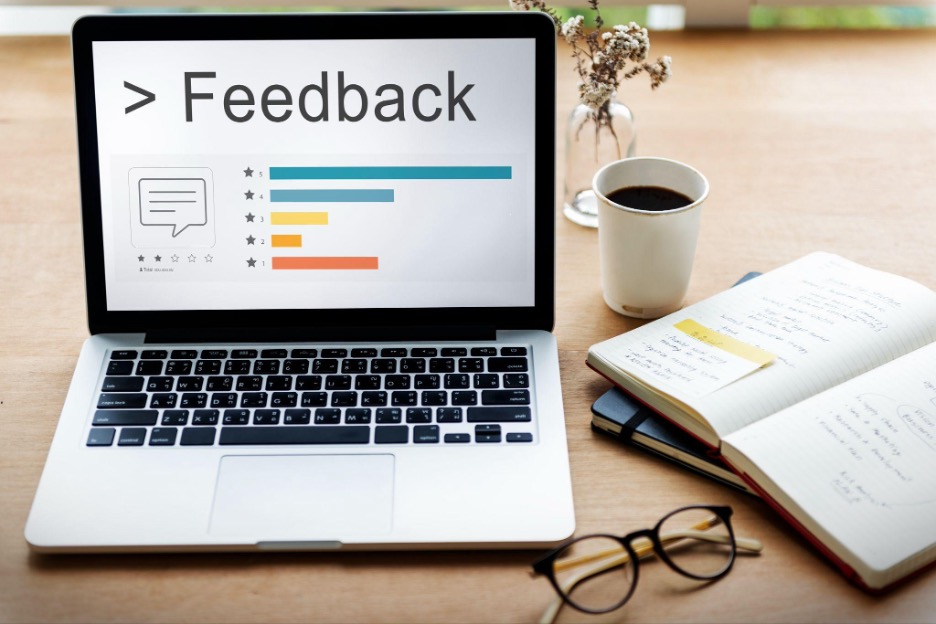In a world where speed and efficiency are often considered the ultimate path to success, employees increasingly neglect their need to rest during the workday. While it might seem like working without interruption boosts productivity, a wealth of psychological research shows the opposite: regular, well-organized breaks significantly improve mental health, motivation, and performance.
Precisely because science has confirmed the importance of rest in protecting against mental overload, HR professionals and team leaders are investing more time in educating employees about how to take breaks and how to do it right.
In this article, we’ll explore why workday breaks are essential, what risks they help prevent, and how to structure them for maximum effectiveness and long-term well-being.
Why Are Work Breaks Essential
Breaks are not a luxury—they’re a biological and psychological necessity. According to the Attention Restoration Theory, our brains have a limited capacity for sustained focus. After a period of concentration, mental energy drops, errors increase, and creativity declines. Short breaks help the brain reset, improving focus, clarity, and decision-making for the rest of the day.
To get the most out of a break, it’s important to fully disconnect from work and shift focus to something relaxing or enjoyable.
Without regular breaks, prolonged cognitive effort can lead to decision fatigue—a state in which our mental resources are so depleted that our judgment becomes impaired. This is why building a culture that encourages smart, restorative breaks is vital in any modern workplace.
Work Break as a Tool for Preventing Stress and Burnout
Skipping breaks can elevate levels of cortisol (the stress hormone), cause chronic fatigue and anxiety, and weaken the immune system. In the long term, overwork and burnout are closely tied to sleep disorders and even autoimmune conditions.
On the other hand, taking regular short breaks can:
- Reduce physiological signs of stress
- Boost mood and emotional regulation
- Increase the sense of control over one’s workday
- Improve circulation
- Relax the eyes and support healthy breathing (deep focus often disrupts natural breathing rhythms)
This is why mental health is no longer considered a “nice-to-have” benefit—it’s become a central pillar of sustainable business.
How to Structure Rest Breaks for Maximum Effect
An ideal break doesn’t have to be long—it just needs to be regular, intentional, and taken at the right time. Here are a few practical guidelines HR professionals and team leads can implement to support better break habits:
1. The 90/20 Rule or the Pomodoro Technique
Research shows that most people perform best in cycles of around 90 minutes of focused work, followed by a 15–20-minute break. Alternatively, the Pomodoro technique suggests 25-minute work sprints followed by 5-minute breaks, with longer breaks every few cycles.
This method trains the brain to operate at full capacity for short intervals, with the assurance that rest is just around the corner. In contrast, working without structured breaks can lead to exhaustion that’s harder to recover from later in the day.
2. Active Breaks for Mental Refreshment
Break activities should be the opposite of work activities. For example, if your job involves sitting at a screen, your break should involve movement or visual variety, such as looking at greenery or going for a walk. Light stretching, breathing exercises, or short mindfulness practices can be powerful tools to reset the nervous system.
3. Screen-Free Breaks
No matter your role, breaks should not involve screens. It’s important to step away from phones and computers during rest periods. Visual distance from screens reduces digital fatigue and allows your eyes and brain to properly rest.
4. Social Breaks
Chatting briefly with a colleague, whether in person or via a quick call, can lift your mood and foster team cohesion. Humor and empathy have a measurable impact on mental well-being, so aim to connect with people during breaks (just not about work!).
5. Personalized Breaks
Every employee is different. That’s why companies need to promote flexibility and encourage employees to discover the rhythms that suit them best. When people are empowered to take control of their breaks, efficiency and motivation naturally improve.
Digital Tools to Support Healthy Breaks and Track Mental Well-being
Modern technology enables HR teams to systematically track employees’ mental health and identify early signs of stress, burnout, or disengagement. The SupportRoom app provides precisely this kind of support, offering HR leaders and managers insights into team mood, engagement levels, and emotional well-being using confidential, ethically designed tools.
With the SupportRoom platform, organizations can:
- Monitor emotional trends across departments
- Encourage employees to engage with digital mental health resources (therapy, journaling, expert advice)
- Identify teams or individuals in need of extra support
- Create a company-wide culture of care, rest, and resilience
Investing in well-structured breaks is not just about workplace etiquette—it’s a direct investment in employee health, performance, and retention. When paired with innovative mental health solutions, companies can create work environments where employees feel supported, motivated, and capable of delivering their best, without burning out.
Take a moment to reflect on how breaks are managed within your team. With the right strategies and digital tools, you can transform productivity and well-being at the same time.





